The ideal home space looks different to everyone but it’s easy to love the charm of classic Lowcountry design, especially when you are lucky enough to live in the region.
Cornerstone elements of Lowcountry design include:
-
Coastal color palettes
-
Gorgeous trim work and woodworking details
-
Traditional natural materials like warm woods, Savannah brick, and Tabby
-
Art inspired by the one-of-a-kind natural landscape
Perhaps you aren’t interested in going full out with oyster shell centerpieces and nautical coordinate throw pillows, but you are ready to bring the peaceful, coastal Lowcountry vibe inside. We’ve gathered a number of more subtle ways to introduce the Lowcountry to your interior design.
Lowcountry Design: Paint Choices
The easiest, and often most affordable, way to spruce up any space is with paint. Unlike the coastal colors you may see in seaside towns of the North East or further south like Key West, the Lowcountry has a few original colors that immediately set the tone. The most popular is Haint Blue which is often used on porch ceilings but also makes for a lovely wall color inside. Here are some of our favorites:
-
Blue Allure by Benjamin Moore
-
Tropical Mist by Valspar
-
Waterscape by Sherwin Williams (pictured)
Photo: HECTOR MANUEL SANCHEZ
Soft greens, creams, and other neutrals are also immensely popular in classic Lowcountry design. Many designers will tell you the goal is to bring the beauty of the outdoors into your design. From Spanish Moss to marsh grass, simply look outside for inspiration!
Lowcountry Design: Millwork
Shiplap gained national appeal a few years ago, and the farmhouse look is still on-trend. Lowcountry design elevates these trends with millwork that feels less farm, more finished. It may not be to everyone's taste, but Lowcountry millwork commonly includes custom trim that wraps your walls, corners, and columns. Graceful crown mouldings, detailed chair rails, and tongue and groove ceilings are beautiful ways to add Lowcountry style to any room.
Lowcountry millwork strikes a balance between rustic shiplap and too-modern angles by mixing lots of angles to create ornate, but not gaudy finished trim design. Here are some of our favorites:
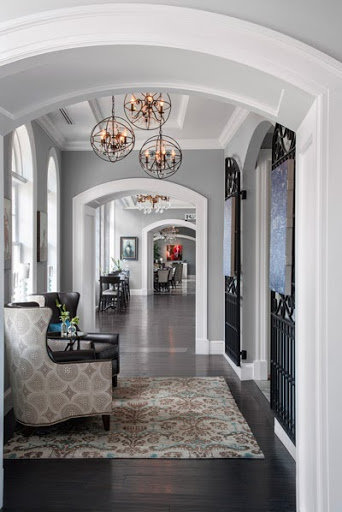
Photo: LOWCOUNTRY CASE & MILLWORK
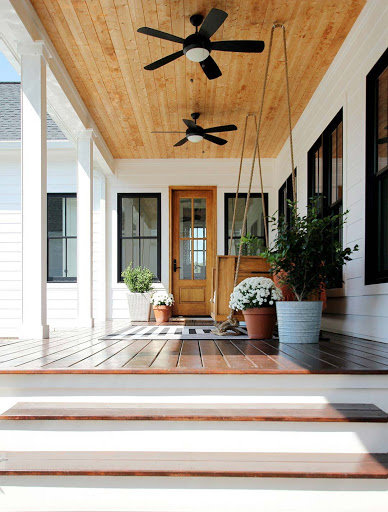
Photo: PLANK AND PILLOW
Lowcountry Design: Natural Materials
As mentioned in the previous section, custom woodwork plays a big role in Lowcountry design. There are two more classical Lowcountry materials that cannot be overlooked: Brick and Tabby.
Everyone can picture the quintessential southern porch built of brick and adorned with rockers and a swing. Tabby is often a material only discovered upon moving to the Lowcountry. Before bricks and concrete, Lowcountry dwellers used a material called Tabby to build permanent structures.
Tabby was created using oyster shells mixed with sand, water, ash, and other shells. Presently, builders can mimic this look with more structurally sound materials allowing for its use as an exterior, stucco-like finish. We love seeing how people use tabby in their home design, like this porch:
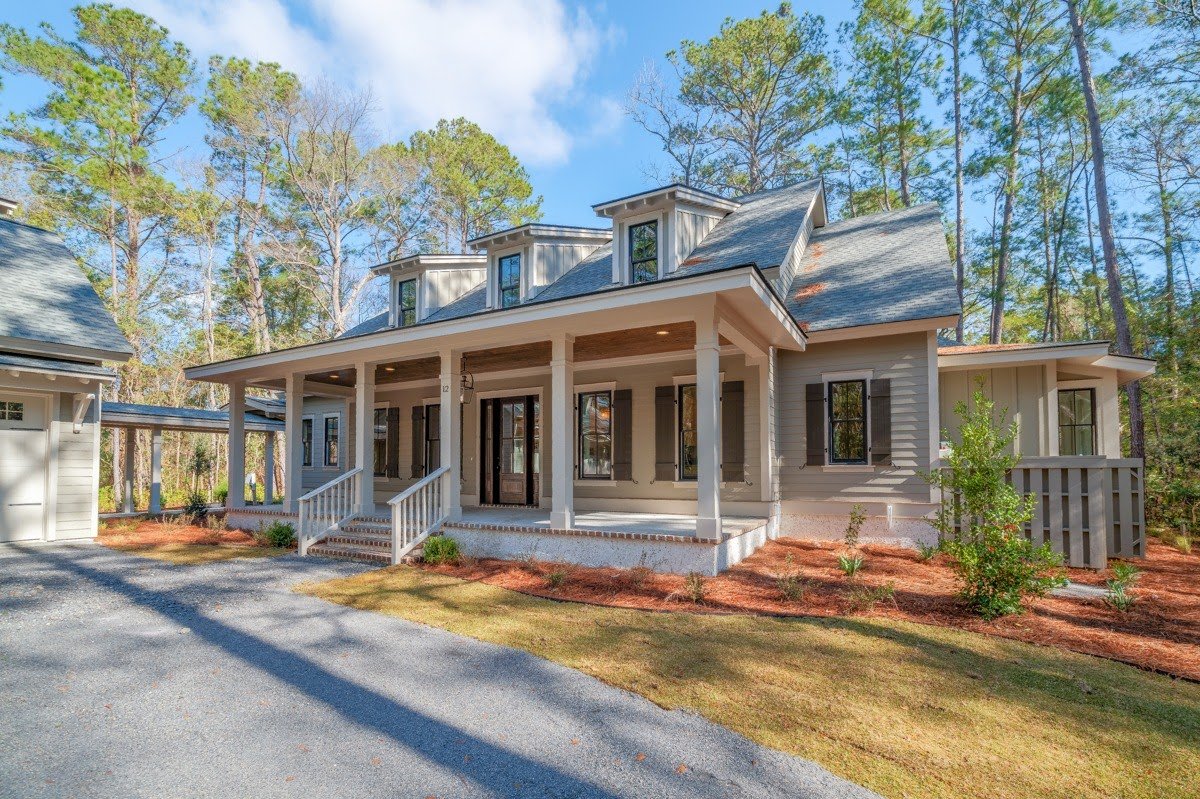
Photo: SOUTHERN COASTAL HOME
Lowcountry Design: Artwork
Design a space that feels authentically Lowcountry by investing in local artwork. Bluffton, SC is especially known for its ever-growing artist community, but there is no shortage of fantastic galleries and artists spanning the entire region from Savannah to Charleston. From still life to abstract paintings, to photographs of nature’s many picturesque landscapes and animal scenes - it is easy to find something that speaks to your design taste.
This piece by local Chelsea Goer is a perfect example of how Lowcountry design takes concepts like “beach house” and elevates them to “coastal chic”.
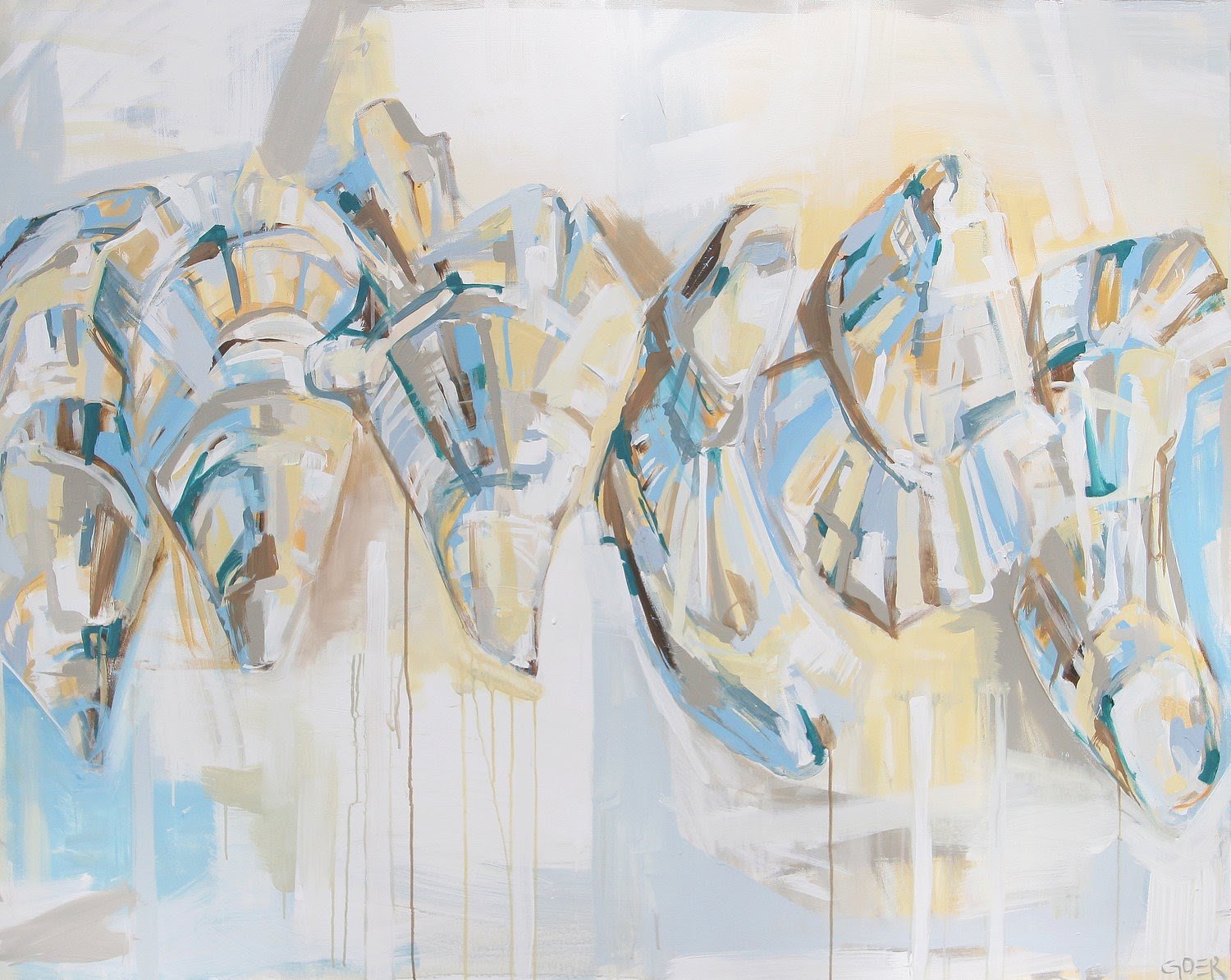
Photo: CHELSEA GOER
Looking for something equally gorgeous but a bit more on the nose? There is nothing more “Lowcountry” than a waterscape with wildlife. This photo by Kelley Luikey from Nature Muse Imagery is as classic as it gets:
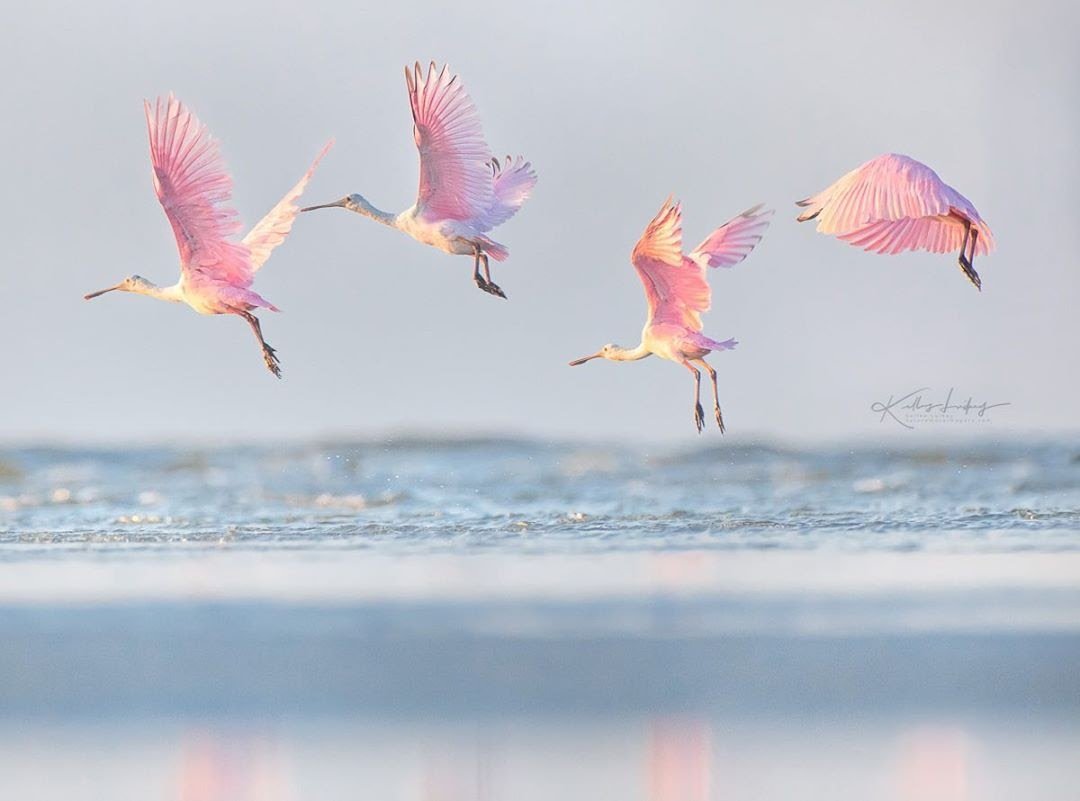
Photo: NATURE MUSE IMAGERY
Conclusion
There is so much to love about classic Lowcountry design.
-
Paint goes a long way! Common Lowcountry colors include soft shades of blue, green, and other subtle, natural neutrals.
-
Turn your boring drywall casings into custom artwork with a Lowcountry design-inspired millwork project.
Posted by Charter One Realty on


Leave A Comment